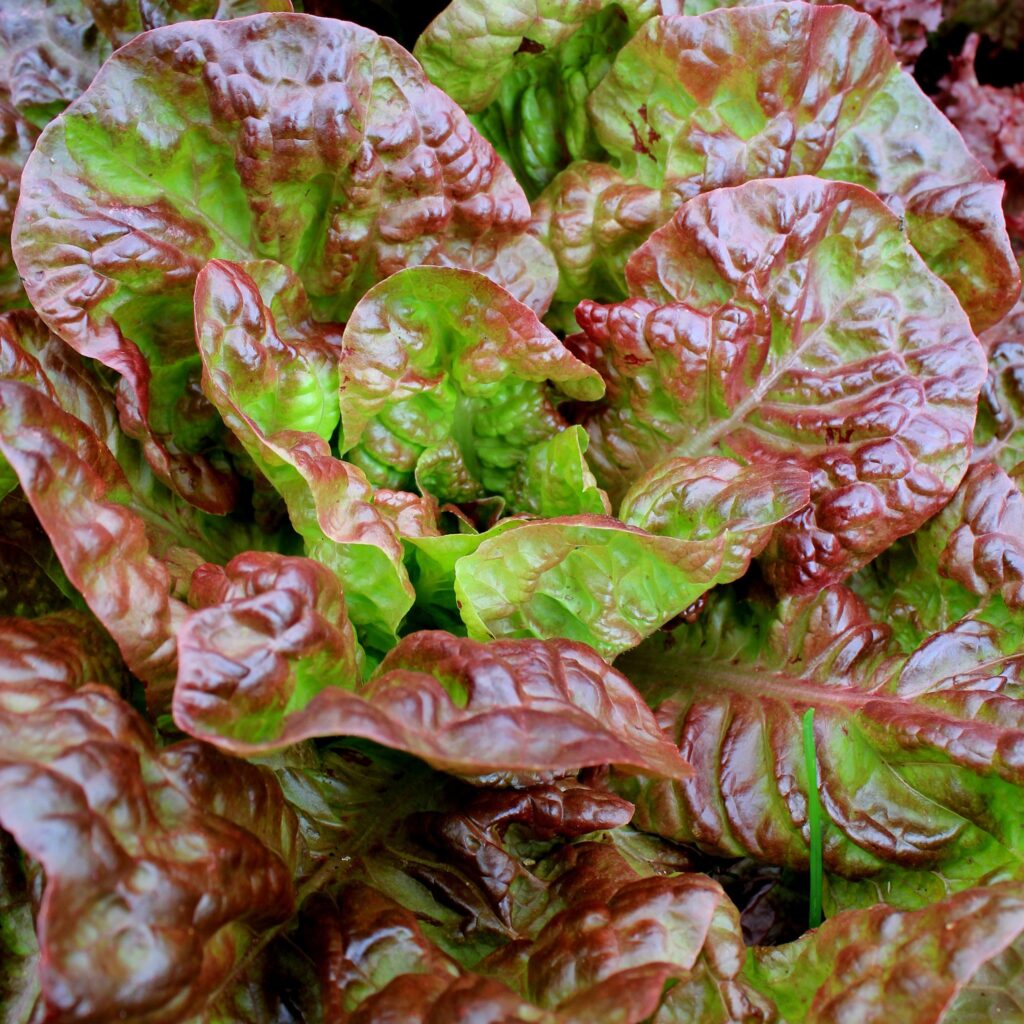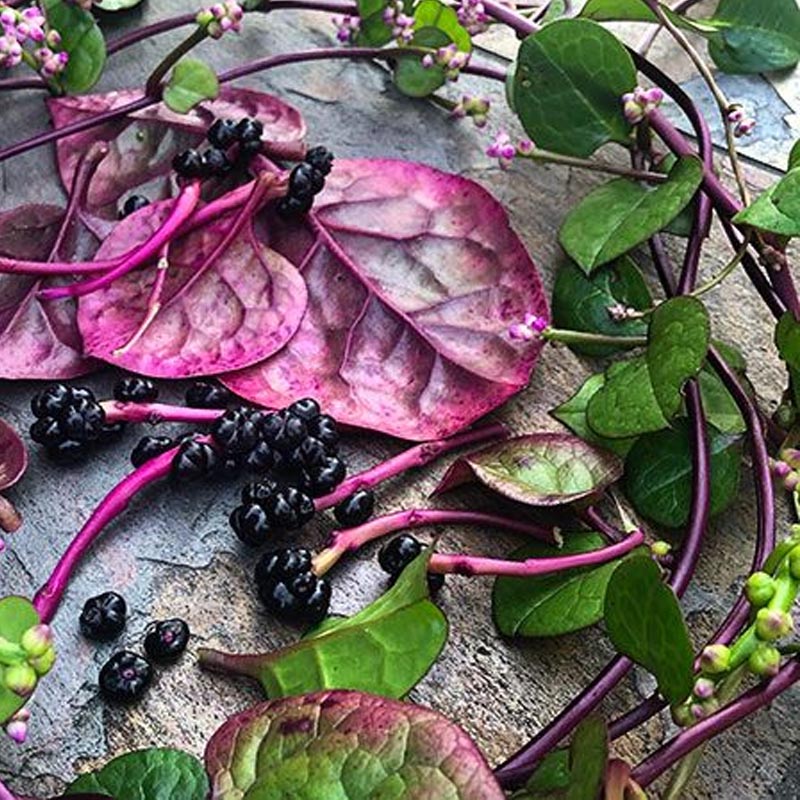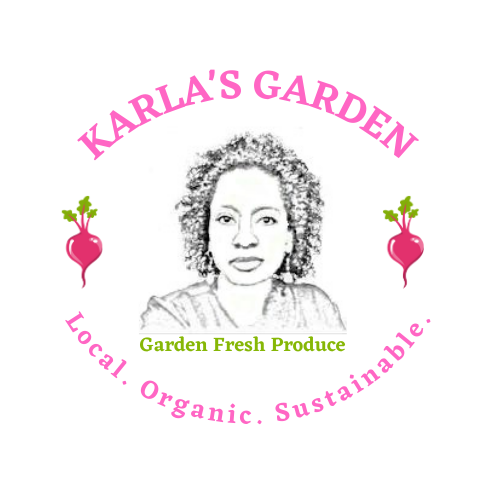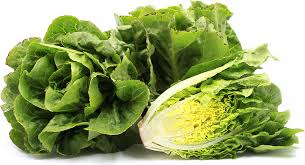Lettuces and many other greens are among the easiest and fastest crops in the garden. A cool season crop, lettuce, and other salad greens are eaten raw making salad a quick meal packed with nutrients.
The tricky thing about growing a salad garden, if you live in the lower southern states as I do is the heat.

Lettuce seeds germinate best at 70 degrees. When the soil is below 50 or above 80, getting the seed to germinate becomes difficult. Once the plants start growing, keeping them cool is a must or the flavor begins to suffer and the plant may bolt (going to seed). But there is nothing like a cool crisp bite of lettuce with your favorite dressing, so the challenge of a successful garden is worth it.
Despite the temperature challenges, growing a salad garden is easier than you might think. Most salad greens are quick-growing and ready to harvest in 4 to 6 weeks after seeding. They can be grown in containers or in garden beds thriving most in spring and fall.

However, many greens can take the heat. Jericho lettuce is one of my favorites as it can continue to grow throughout the summer months. Swiss chard, New Zealand Spinach, Malabar Spinach, and Arugula can also take the heat. Lettuce transplants well, so during the hottest part of the year I keep sowing every two weeks to also be ready to replace a weak or bolting plant.
So, Let’s look at a few varieties of Salad Greens:
| Lettuce Types | Variety | Days to Maturity | Color | Notes |
| Loose leaf | Black-Seeded Simpson | 45 | Light Green | Crinkly, best in spring |
| Royal Oakleaf | 50 | Dark Green | Large, Heat tolerant | |
| Crisp head | Crispino | 60 | Glossy Green | Easier than most to grow |
| Summertime | 70 | Light Green | Sweet, Heat tolerant | |
| Romaine | Little Gem | 55 | Bright Green | Mini heads, 6 inch tall |
| Rosalita | 60 | Purple over green | Compact, 10 inch heads |
There are so many varieties, this list is just a few of my favorites based on flavor and their ability to stand up to our Texas heat. Do your research, to find what grows best in your zone and have fun with it. Try one of two new varieties each season mixing textures and colors, giving you the chance to find your favorites. And the colors make for a beautiful garden.
Plant them in an area of your garden that gets at least 6 hours of sun each day and use shade cloth if needed to extend the plant life in warmer climates.
It’s easy to have great-tasting salads all year long when you grow your own Salad Garden.
Looking for more options to grow this fall? Check out “10 Crops For The Fall Garden”.

